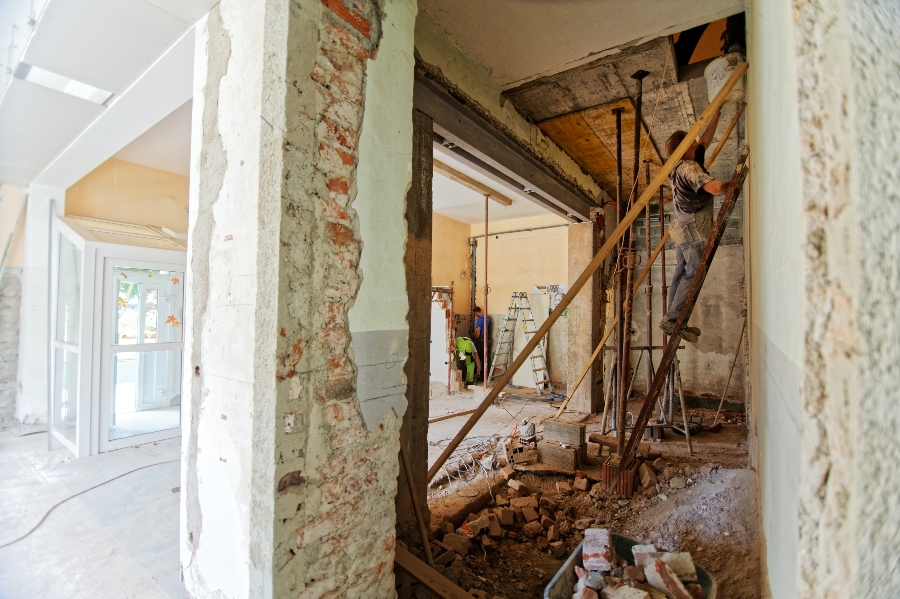House flipping is one of the easiest ways to get into the real estate as investment industry because you can start with your current home and build your portfolio up for bigger and more frequent projects. Financing for fix and flip real estate can be challenging because bank loans or business loans will often rely on steady proof of income and house flipping is an irregular income source, but there are options available.
Decide on a Loan Option
Your first step is to research and choose house flipping loan options. These include friends and family, home equity, and personal loans as well as hard money loans, seller financing or business lines of credit. Your funding will need to cover the purchase price, holding costs during renovations, and realtor costs as well as materials and labor. If you are new to flipping, then a friends and family loan or a hard money loan may be your best bet.
Create a Business Plan
To apply for fix and flip loans, you need to create a business plan for each property. This should outline your strategy, timeline and financial projections and include a thorough analysis of the neighborhood, the property address, and sale prices for comparable homes in the area. You will need a valuation of the current property from a professional appraiser as well as an estimated value for the finished project, background information on those helping you, and a backup plan.
Estimate Renovation Costs Accurately
Accurate financial projections can help you avoid a common flipper trap, underestimating how much a project will cost. You can make better estimates by creating an extensive scope of work for the property. This includes a detailed list of needed repairs and upgrades, costs of materials and labor, and a timeline. When you walk through the property with an experienced appraiser and contractor, you can use their depth of knowledge to build the scope of work and include solutions to common problems.
Put in Your Applications
Once you have all the paperwork in order, it is time to apply for financing. Keep in mind that many flippers use a combination of funding sources including investors, lines of credit and loans to pay for projects, and that you will need to come up with a down payment on your own for most financing options.
Investing in an existing home to renovate and sell it is called fix and flip property investment and can be a good way to get into the real estate industry. You can find financing for these projects through a variety of sources and will need to include a business plan with accurate estimates for costs and timelines with your applications.

